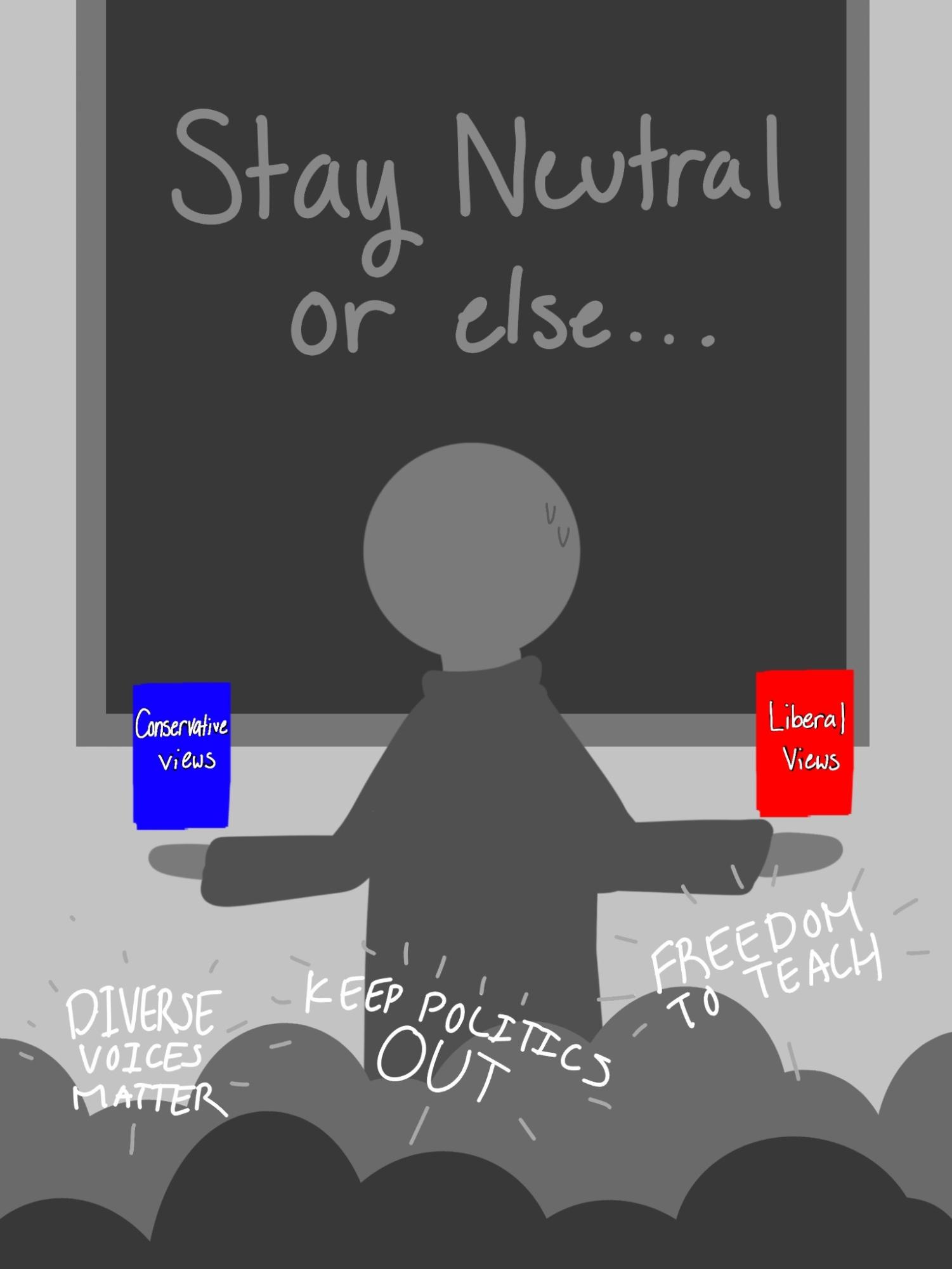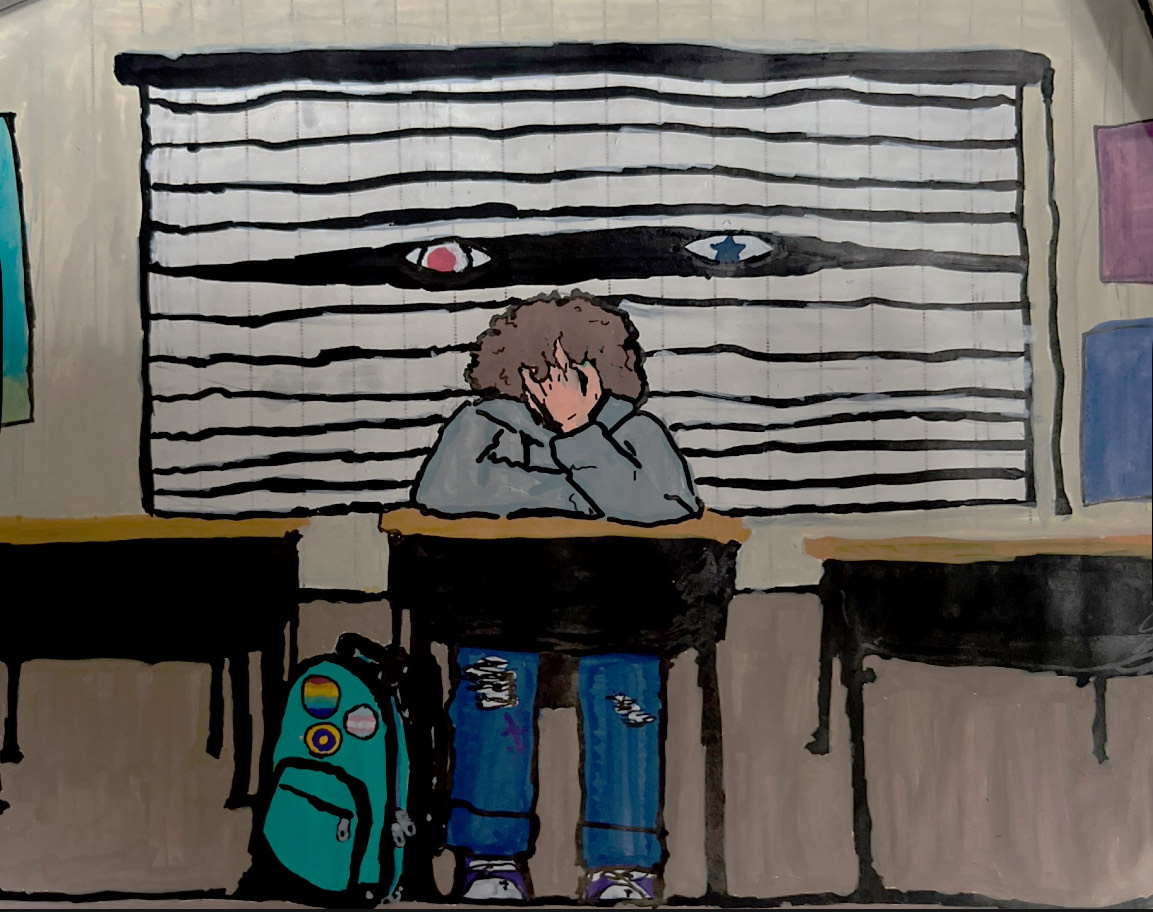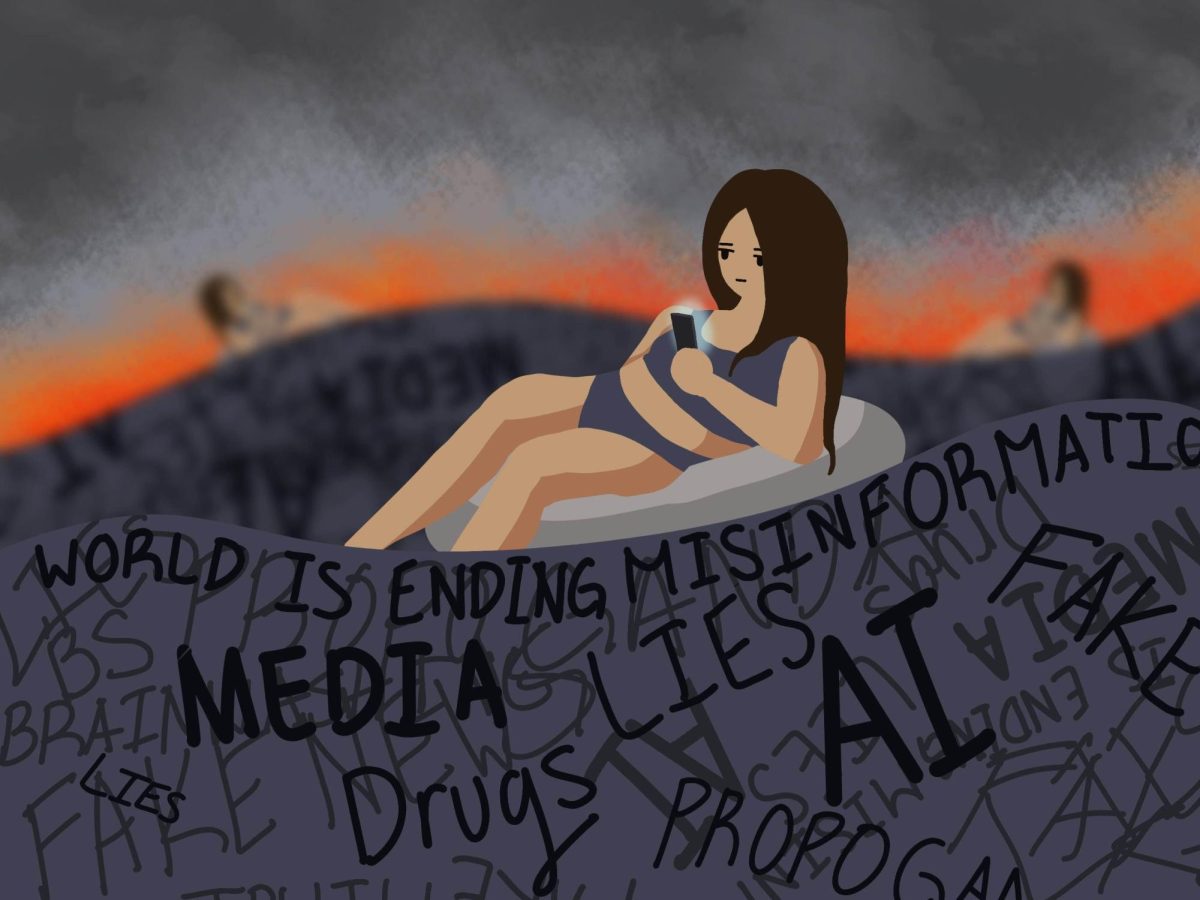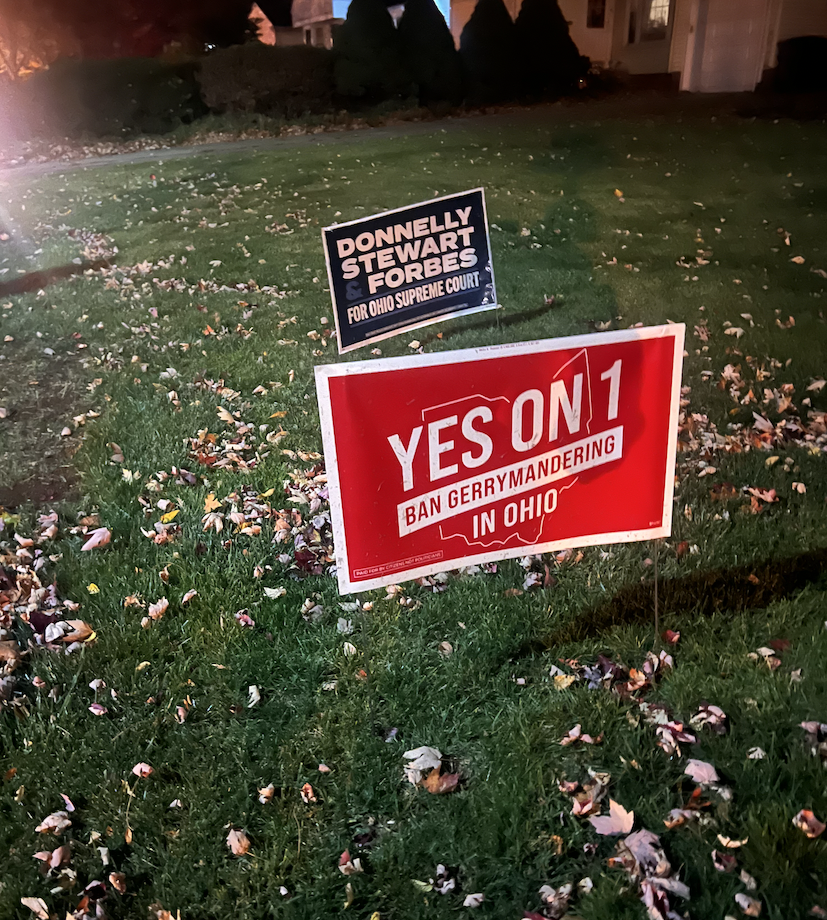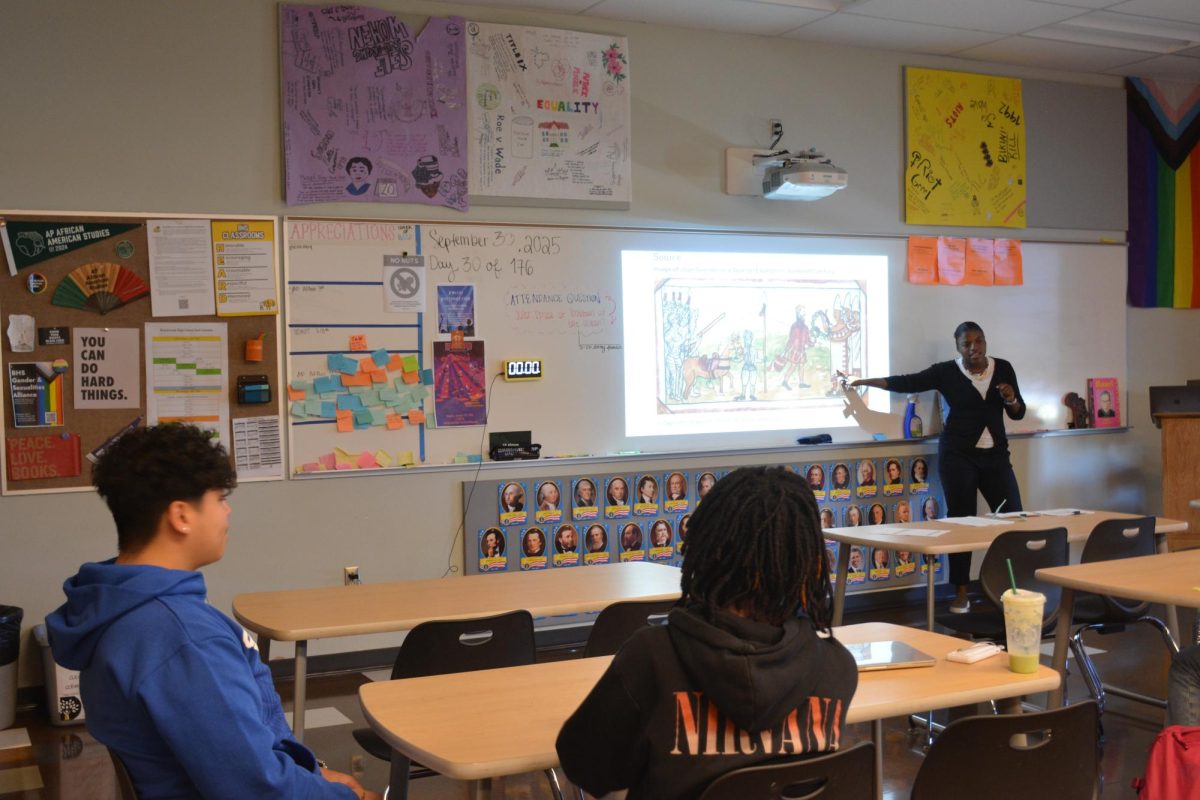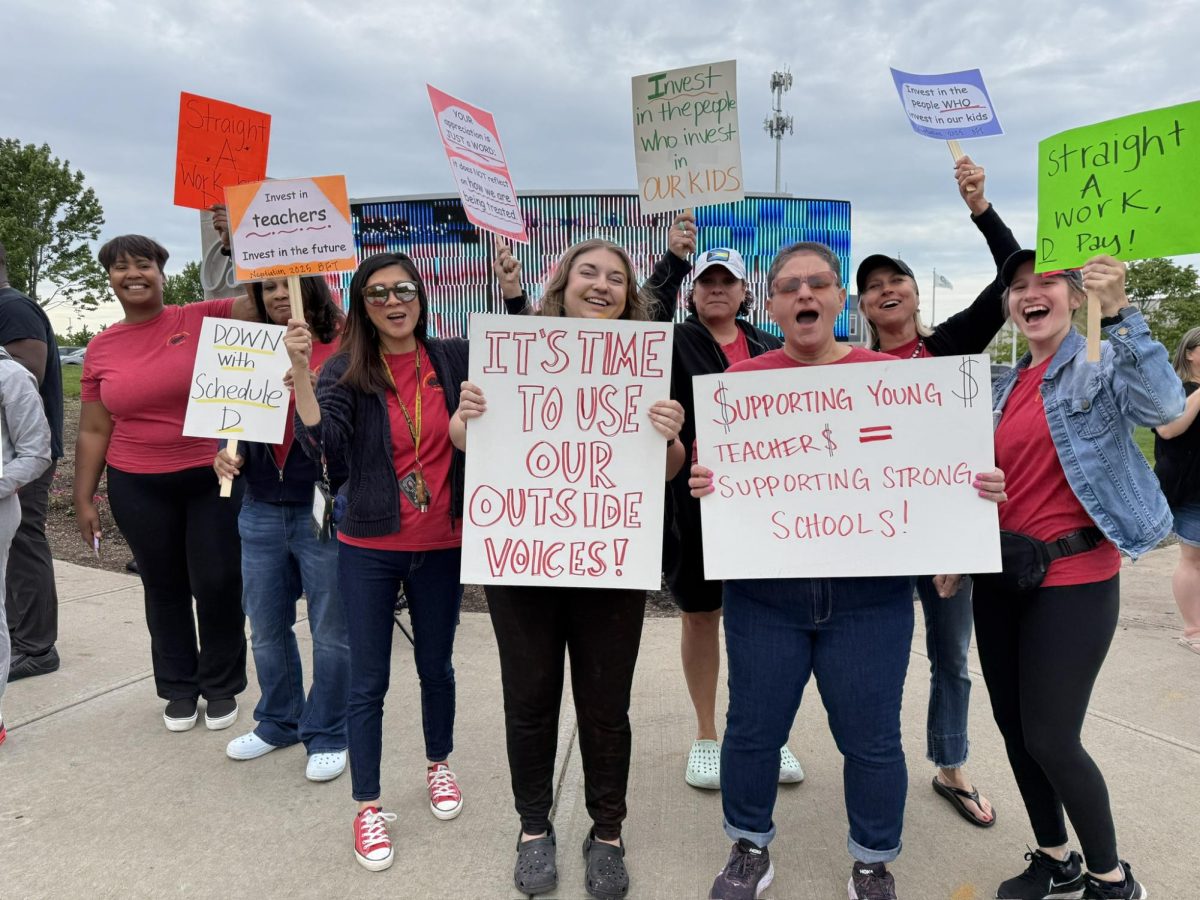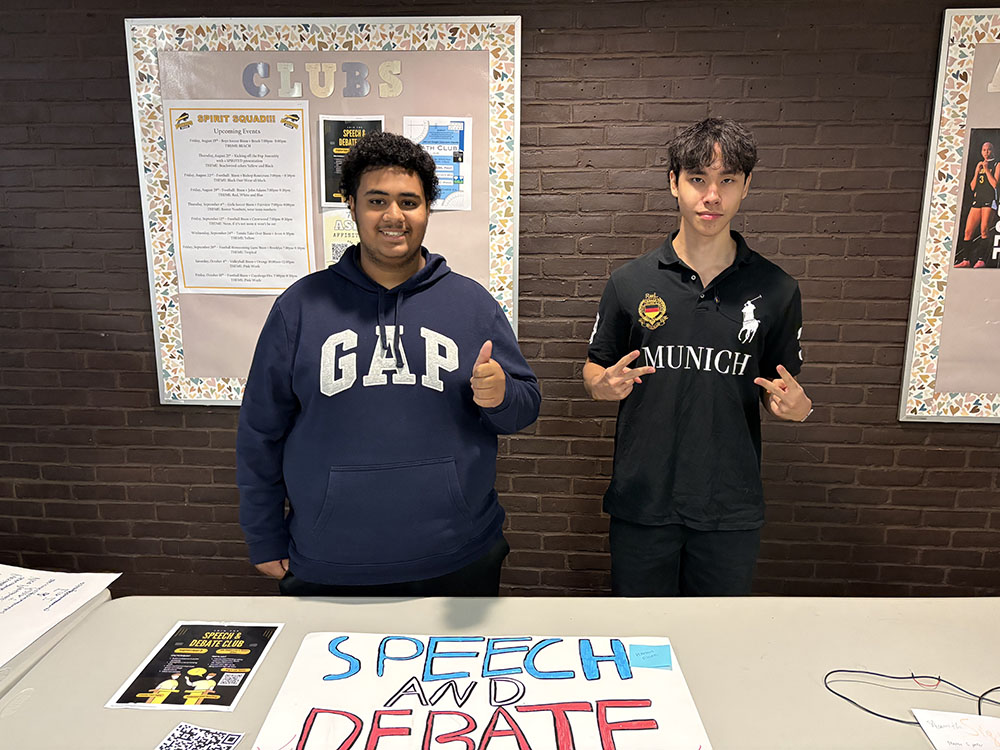The Advance Ohio Higher Education Act, otherwise known as Senate Bill 1, was signed into law by Governor Mike DeWine on March 28, affecting public colleges and universities in the state.
According to sponsor Senator Jerry Cirino, the bill is a necessary step to protect first amendment rights in higher education.
“Our First Amendment is under assault in academia, and that is destroying our higher education system by replacing the pursuit of truth with a submission to politically correct doctrine,” Cirino wrote in a January press release. “I have introduced a revolutionary bill in the Ohio Senate designed to completely reverse this trend and overthrow the woke status quo on campus.”
SB 1 seeks to reform higher education by prohibiting faculty strikes, requiring institutions to re-evaluate tenured faculty members who are not meeting performance standards, ending programs that average fewer than five degrees over a three-year period, prioritizing civics and capitalism education, enforcing foreign influence restrictions and eliminating DEI initiatives.
The bill moves in the same direction as the federal government’s recent actions on higher education.
In the last few months the Trump administration has used federal funds as leverage to intimidate universities to comply with their political agenda.
Schools such as Columbia and Harvard have had federal funding frozen as a result of the federal government’s move to pressure universities to adopt protections for Jewish students and remove DEI programs, a move which Harvard is fighting in court.
Ohio higher education faculty have serious concerns about SB 1.
According to Dr. Pranav Jani, Associate Professor of English and President of the American Association of University Professors chapter at the Ohio State University, civics is already taught at Ohio colleges and universities, but the problem with the bill is the mandated content of those courses.
“The difference is they want us to teach conservative civics classes, which foreground white authors and certain traditional ways of thinking that have been disputed after the Civil Rights Movement, as being the only legitimate way to teach civics and history,” Jani told the Beachcomber. “The problem is not mandating civics classes. The problem is trying to impose these [conservative viewpoints] on people.”
Furthermore, implementing a mandatory civics course will raise costs for higher education institutions due to the need to hire new instructors. According to public records reviewed by Signal Ohio, SB 1’s prioritization of civics and capitalism education could come at the expense of academic programs including DEI program cuts at Cleveland State University.
SB 1 also aims to limit classroom discussion on “controversial” topics, which the bill defines as “any belief or policy that is the subject of political controversy, including issues such as climate policies, electoral politics, foreign policy, diversity, equity and inclusion programs, immigration policy, marriage or abortion.”
The bill’s lack of clarity has led educators to view the bill as a First Amendment violation, limiting free speech and sensitive in-class discussions.
“It’s definitely a First Amendment violation because the First Amendment [grants] protection from the government suppressing the free speech of any individual—not just faculty,” Jani said. “This very directly sets up a surveillance system on faculty based on their political speech. It isn’t about our ability to teach.”
Although the SB 1 directly impacts public universities and colleges, the bill’s limitations on teaching can affect high school students enrolled in college credit plus (CCP) courses as well.
“These new restrictions are a major concern when it comes to CCP classes,” said Wendy Leatherberry, member of the Beachwood Board of Education. “The way this legislation is written, anything that is controversial is limited in the way it can be taught.”
“We have students wanting to take history courses, and now professors are going to be limited in how they can teach,” she added. “It’s pretty astonishing.”
SB 1 also includes an amendment that requires universities to stop accepting funds for scholarships with DEI requirements for four years after the bill becomes law.
The bill also prevents universities from establishing any new institutional scholarships with DEI requirements, and requires the Chancellor of Higher Education to submit a diversity study of university students based on their race, ethnicity and sex to lawmakers within six years.
Many students feel uncertain about the future of higher education in Ohio.
“It’s really disheartening,” said OSU freshman and BHS graduate Siya Gulia. “Everyone finds it disheartening, and I feel terrible for the kids who are only able to attend OSU because of the ‘diversity’ scholarships.”
Recipients of DEI-based scholarships feel SB 1 threatens the values and opportunities those programs represent.
“What troubles me most is the vision of a homogeneous society underlying this legislative agenda—one that lacks rational, fact-based argumentation,” said BHS senior Radha Pareek, who was offered the Morill Scholarship from OSU.
Over 800 people submitted opponent testimonies against the bill, and hundreds of students have protested its passage. Both students and professors have expressed the desire to leave Ohio because of the bill’s passing.
“It’s a terrible move for the state of Ohio at a time when we’re already losing population and many young people are asking, ‘Why on earth would I come back to Ohio after college, or why would I stay here for college?’ This is the last thing we need,” said Leatherberry.
Over 900 medical students, physicians and residents signed a letter requesting the rejection of SB 1.
“Should diversity, equity and inclusion (DEI) be restricted or prohibited in higher education, we would not be adequately prepared to care for patients from all backgrounds and may be more likely to cause unintentional harm to our patients,” the letter states. “We cannot adequately be prepared to care for all patients, all Ohioans, without DEI in our medical schools.”
However, there were university students who testified in support of the bill, many of these students at Miami University.
“As a student, I have witnessed firsthand how universities have prioritized political activism over real education,” said Miami University junior Robert Tandy in his State House testimony in support of the bill. “Too often DEI initiatives create an environment where students feel pressured to conform to one ideology rather than engage in open, honest debate.”
“This bill guarantees that every student is recognized for their individual merit and accomplishments, rather than being defined into groups that have no bearing on who you are,” he added.
According to Coleen Taylor, the Executive Director of the Kent State University Faculty Association (KSUFA), students may be in support of the bill because of individual negative experiences with professors.
“If the stories [of the bill’s proponents] were true, there have been instances where you have a small sampling of undeniably poor professors,” Taylor said. “[But] they’re using a small sampling that does not represent universities as a whole.”
The KSUFA is currently working with the Ohio Education Association chapter at Youngstown State University to issue a citizen’s veto against the bill. They are attempting to collect 1000+ signatures of registered Ohio voters to get a referendum on the Nov. 4 ballot.
Once the signatures have been collected, they will be submitted to the Ohio Secretary of State and the Ohio Attorney General. Following the verification that the summary used in the petition is an accurate representation of SB 1, they will begin collecting signatures on the actual referendum petition.
The signature collection process must be completed around June 25, and once the petition signatures have been cleared and verified, the Ballot Board will determine the language that will appear on the ballot by Aug. 21. The law will then be put up to voters on Nov. 4.
The KSUFA pledges to stay engaged with their faculty members, and are planning on creating a ‘surviving SB 1’ guide to inform faculty of how to navigate the impacts of SB 1 on their classrooms. They are also planning a town hall to expand solidarity efforts.
“[Professors] are going to be scrutinized more,” Taylor said. “They are likely going to receive hate mail. And so we are trying to find ways to [advise] the faculty who teach these more sensitive topics how to do so in a way that protects them while [ensuring they are] still being pedagogically true to their discipline.”
The public relations offices of Ohio universities such as Kent State University, Ohio State University, and Cleveland State University have been reluctant to comment on SB 1.
At a meeting on Jan. 14, the Inter-University Council of Ohio, consisting of the presidents of many Ohio colleges and universities, chose to “not take a formal position” on the bill.
Representatives of Ohio University, Ohio State University, Bowling Green State University, Northeast Ohio Medical University, Central State University, Kent State University, Cleveland State University, University of Akron, University of Toledo and Youngstown State University were present at the meeting.
Ohio State University responded to an interview request with a statement acknowledging concerns and outlining their approach moving forward.
“Throughout the legislative process, Ohio State University advocated for changes to SB 1 that would preserve and enhance academic freedom, embrace diversity of thought, and foster civil discourse on campuses where all individuals feel welcomed and respected. While some improvements were made, we had hoped for more. We will follow the law and continue to work with our legislature and other public officials on policies that advance our priorities,” wrote Benjamin Johnson, OSU’s chief spokesperson in an email.
Since 91.8% of Ohio public university funds come from the state, Taylor believes that many universities aren’t speaking out due to fear of funds being withdrawn.
“I know that Senator Cirino, because I was there when he did his sponsorship testimony, had said that there were no universities that spoke against his bill. There were also no universities that spoke in favor of it, because they know that if they speak out, they could lose funding. They’re at the mercy of the state,” she said.
Ohio professors are also reluctant to comment on SB 1.
Many professors haven’t responded to interview requests. In one email response to an interview request, a professor wrote that, “Due to [their] own personal concerns about [their] safety, [they] are not taking any interviews or press interactions at this time around Senate Bill 1.”
“SB 1 has created a chill where people feel afraid to speak. This used to be a country in which people were proud to exercise their right to free speech, and there was a sense that whether we disagree with you or not, you have the right to speak. This is becoming a country where people are afraid to speak because they don’t know what will be done with it,” said Dr. Jani.
Opponents of the bill view it as the beginning of a dismal future for Ohio’s higher education system.
“I think this bill is set up to destroy higher education in Ohio,” Dr. Jani said. “They want to turn universities into conservative think tanks and places where the next generation of workers gets the minimum education they need in order to get a job at work. It’s important to get a job. We want all of our students to graduate and get jobs, but this bill is about destroying the life of the mind that’s at the heart of liberal arts education.”
However, opponents remain hopeful that current setbacks are short-lived.
“[America has] made enormous progress,” Leatherberry said. “In 2008, there was a lot of thought that this country would never elect a black man. But it happened. A lot of people who voted for him are people who never thought they would vote, so we have the ability to do things. We have the ability. And I think that gives me hope.”


